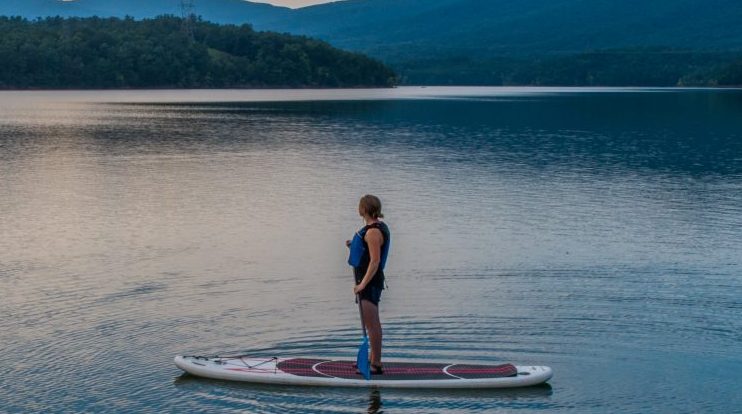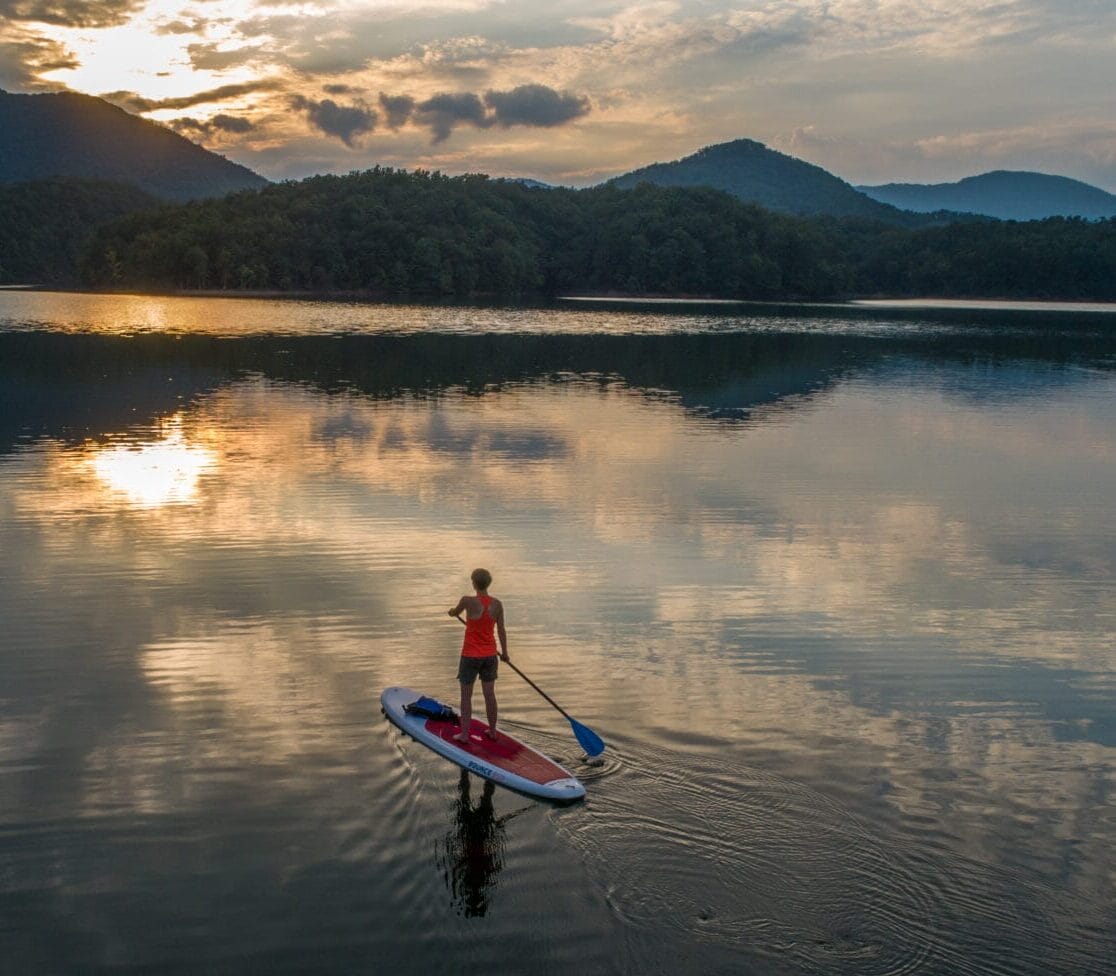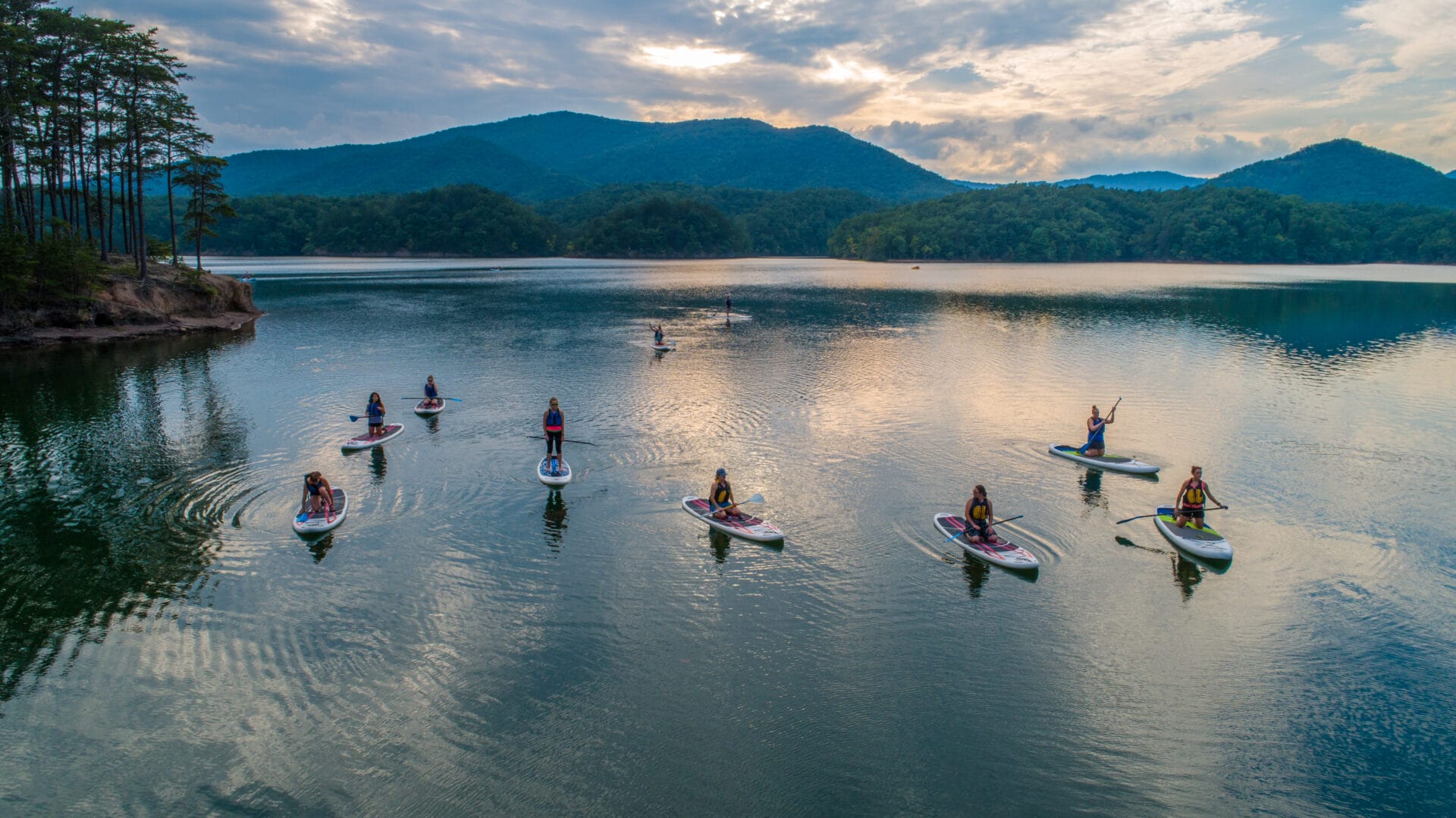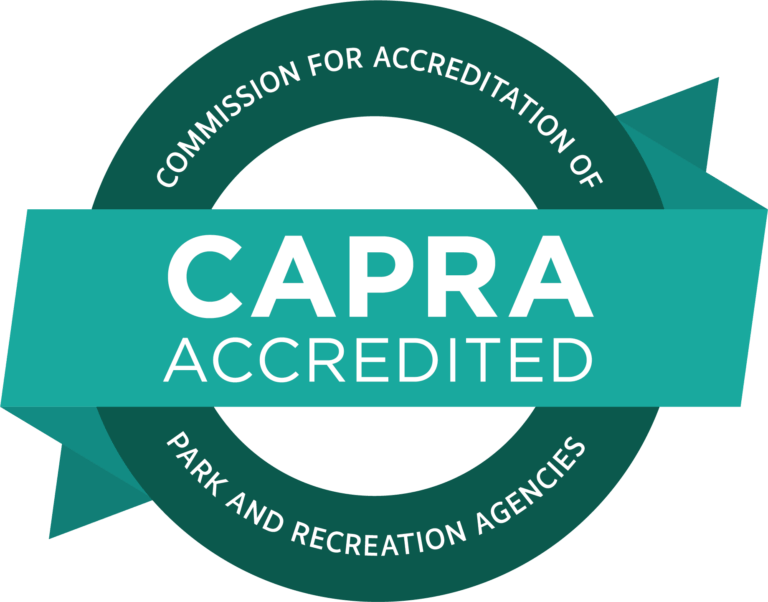Stand Up Paddle Boarding is a sport that offers a fantastic full-body workout that engages your core muscles and improves balance. The rhythmic movement of paddling can be meditative, providing a sense of peace and tranquility as you soak in the sights and sounds of nature.
As you venture out onto the water, embrace the freedom of floating on the water’s surface, feeling the sun on your skin, and relishing the joy of being surrounded by the beauty of the great outdoors. Stand up paddle boarding isn’t just a sport—it’s a lifestyle that connects you to the elements and allows you to explore the world from a whole new perspective.

Here are five tips for aspiring Stand Up Paddleboarders:
1. Choose the right paddle and board.

To begin, you have the option to borrow a paddle and board from a friend or rent them from a local shop. If you develop a passion for stand-up paddle boarding (SUP), consider purchasing your own equipment. The choice of board depends on factors like your weight and skill level, with different boards suited for various activities like recreational paddling, surfing, touring, racing, and SUP yoga.
Regarding the paddle, it resembles a stretched-out canoe paddle with a tear-drop shaped blade angled forward for optimal paddling efficiency. The correct paddle length should reach up to your wrist when you stand it in front of you and raise your arm above your head.
2. Use a Leash
Wearing a SUP leash is crucial for safety: It keeps the board tethered to you in changing conditions, preventing drifting. The board provides flotation and a chance to stay safe. It helps paddlers catch their breath and retrieve lost paddles. Safety reasons include being tethered to a lifesaving device in emergencies and preventing the board from posing a danger to others by drifting uncontrollably.
3. Paddle with your core

Avoid using your arms over your core. While it might seem unusual initially, paddling is most effective when engaged with your core muscles. Your core is the strongest muscle group in your body and offers the most power for your paddle stroke. Standing upright and relying solely on your arms for paddling can be exhausting and may result in less power generated.
4. Look where you want to go
When you begin paddling, the instinct is to glance down at the board, observe the water, and hope not to fall in. However, for optimal stability you should maintain a straight back, keep your head up, and position your body weight over your toes. It may seem strange, but looking down at your toes can cause you to lean back on your heels and end up in the water! Always look where you want to go.
5. Learn the basic strokes
It’s true that having a strong physique is vital, but mastering the proper paddling techniques is equally crucial for success in any water sport. Understanding the different paddle strokes and how to navigate efficiently can make all the difference between a smooth ride and a struggle. By honing your skills in paddling, you not only increase your control over the board but also conserve your energy for moments when speed or agility is essential. So, remember, a combination of physical strength and technical proficiency is the key to excelling in water activities.

If you want to learn more check out our upcoming SUP class. This is perfect for beginners who are looking to improve their skills. Our expert instructors will guide you through proper paddling techniques, balance exercises, and safety tips to ensure you have a fun and fulfilling experience on the water.
